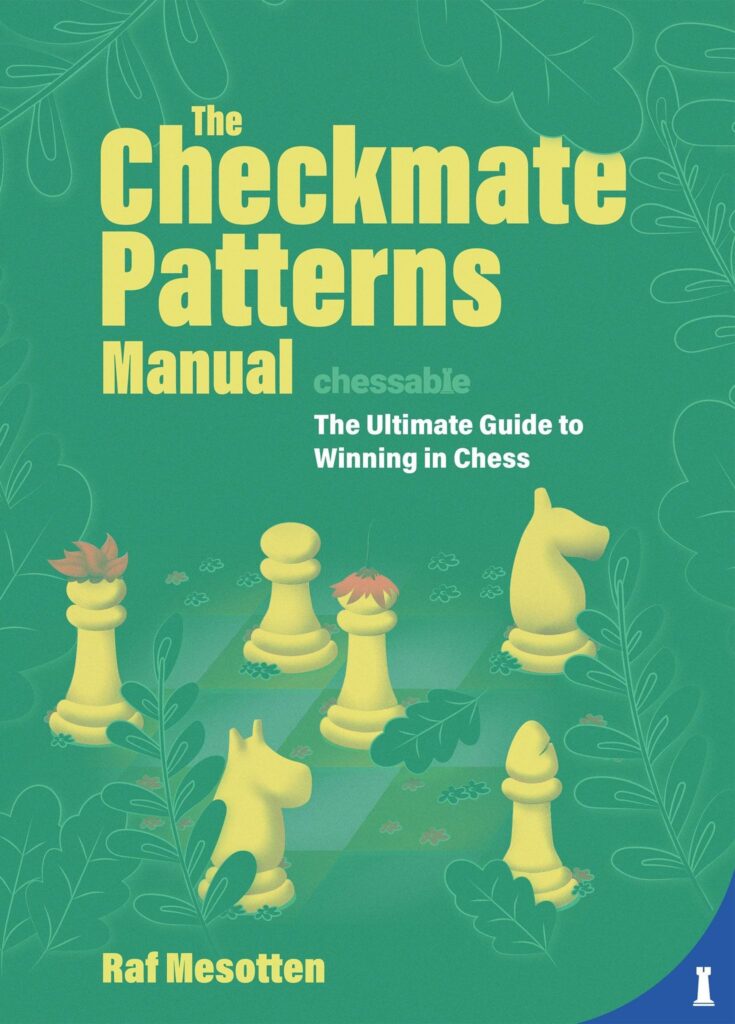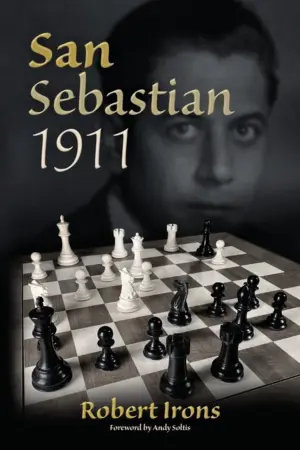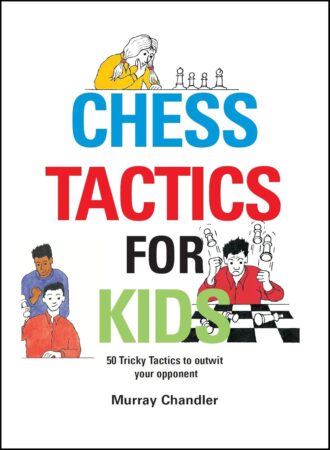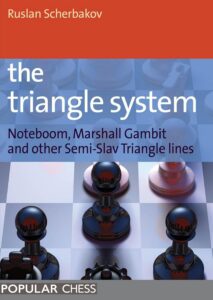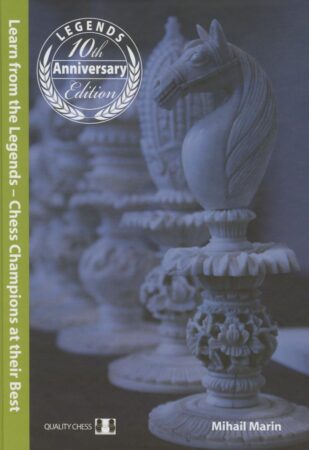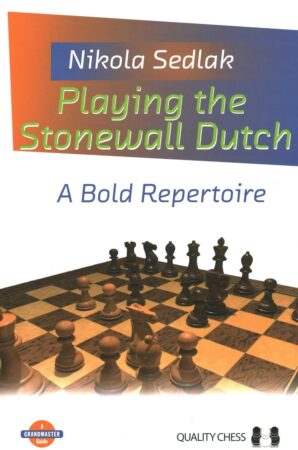Introduction
In essence, The Checkmate Patterns Manual is a puzzle book, since it contains 634 problems and 30 chapters that serve as more or less an introduction to the puzzles. That’s what a chess book should be like. This book will teach you the most important checkmating patterns and force you to go over them so many times, firstly by looking at examples from games, and then by solving dozens of problems on each theme, that, by the end, the chances of you missing an opportunity to deliver one of the mates during a game will be almost non-existent.
The Structure of the Book

The Checkmate Patterns Manual is divided into 29 chapters, each devoted to a specific pattern, the final chapter, that focuses on mates in the opening, as well as three chapters containing tests and problems in ascending difficulty, which are there to transform the theoretical knowledge you’ve acquired throughout the 30 chapters into a skill applicable over the board.
Each of the 30 chapters on patterns is similar. An introduction to the theme. They are brief and sufficient to understand the rest of the chapter.
Each checkmate pattern is then followed by examples from real games. This is what I find most useful, and I think anyone, regardless of strength, would benefit from seeing the examples.

“A perfect tutor for club-players to test and hone their tactics! 4 stars!” – GM Matthew Sadler, New In Chess Magazine
About the Author
Raf Mesotten is an average club player from Belgium, not a titled player, but he has published a great Chessable course which has since been optimized due to continuous feedback of his audience. You don’t need a master to teach you the basics. In fact, it’s the level of teaching skill and not chess skill that makes a good chess author.
Problem Difficulty

The final three chapters contain almost 700 problems combined. The first test, which contains 200 problems, is aimed at beginners, and could be used by stronger players as warm-up. The second test, which consists of 300 problems, is aimed at intermediate and advanced players. I have to say that I never struggled to solve the problems and that I’ve only gotten 4 wrong out of the 300. That may be because you’re finely tuned to spot checkmates after reading an entire book on them.
The final test consists of close to 100 problems. Now these were challenging, but I still managed to solve 90% correctly. In the introduction, Mesotten gives a basic test as well. It consists of 34 problems, and each covers a specific theme, one of the checkmates explained in the body. If I had to assign exact rating ranges to each test, I would say that the introductory test and the first test are meant for beginners, those who don’t have a FIDE rating included, perhaps 1200 or so online. The second test will be challenging for those below 1600 FIDE, and the final test will be difficult for those under 1800 FIDE.
Quality of Annotations
Here is where I think Mesotten could have done a much better job. Many of the annotations seem to lack text and more detailed explanations. Some, like the one below, are great. It explains the ideas and the solution in depth on a level a beginner could easily grasp.
Many exercises are explained very briefly. That’s fine for someone of my level, but I feel like beginners may struggle to understand everything without having it explained to them in words, on a human level, instead of just saying “…the bishop is pinned, it’s back rank mate.” at the end of a variation. A book meant for beginners should explain preparatory moves as well, and give emphasis to each move relevant for setting up the pattern.
I feel like The Checkmate Patterns Manual could have been much more useful for those just starting out had the author committed more time to explaining the subtleties of each position. That being said, the book wouldn’t be any more useful if he had done that for advanced players, so this critique only applies from a perspective of a beginner.

Conclusion
A great chess book for beginners and a useful tool for intermediate and advanced players. The Checkmate Patterns Manual is a puzzle book with great explanations of most common checkmating patterns that will force you to learn how to recognize and execute checkmates over the board. I would say that anyone with an online rating below 1200 should make it a priority to read the book and solve the problems. Your win rate will increase sharply. For FIDE rated players, especially those above 1600, the entire book may not be useful as a learning resource, but it will still sharpen your tactical senses, and reinforce the knowledge you already have. Most importantly, regardless of rating, it’s probably the best resource out there for getting good at checkmating!

